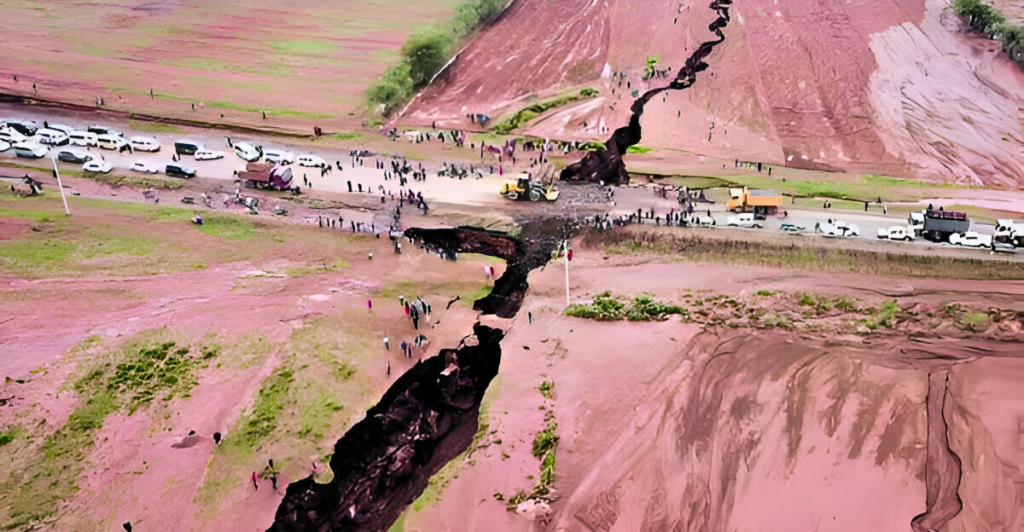
Here’s something that could be straight out of a disaster movie, but is actually happening in real life. Scientists have discovered that India’s tectonic plate is quite literally splitting apart under Tibet, and it’s not just a tiny crack. This is a full-blown break-up, and like any messy split, the fallout will be disastrous. Entire ecosystems could be torn apart, rivers might change course, and even the Himalayas could feel the shake-up. Let’s dive into what scary events nature has in store for the region.
This Crack Will Do More Than Scratch the Surface
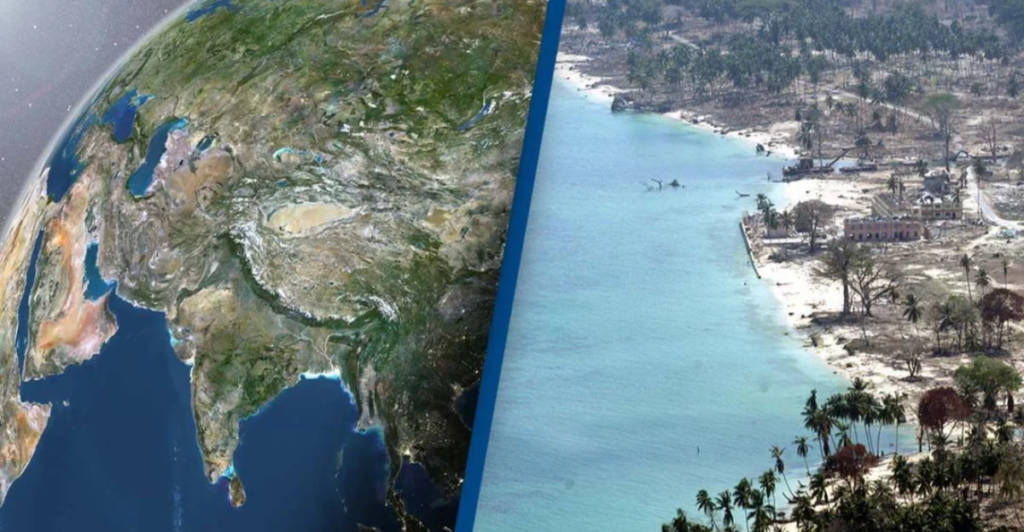
We’re not talking about a little earthquake fissure here. This is delamination, where the bottom half of the Indian tectonic plate is peeling away from the top half, like a bad sunburn. And get this, it is happening at 100 kilometers below the surface. It’s so intense that it’s literally reshaping the land above it, and scientists are scrambling to figure out what happens next.
How Did Scientists Even Find This?
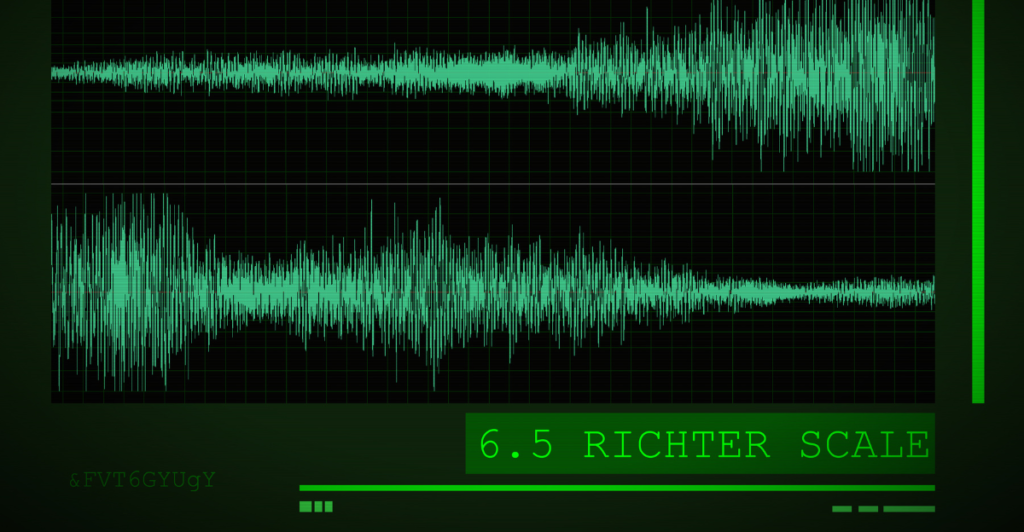
A team of geophysicists were analyzing seismic waves in Tibet, just doing what they usually do, when they noticed something weird. Some waves were vanishing deep underground. Turns out, those missing waves were getting absorbed by molten rock, a clear sign that the Indian plate was breaking apart.
What Happens When a Giant Plate Splits?
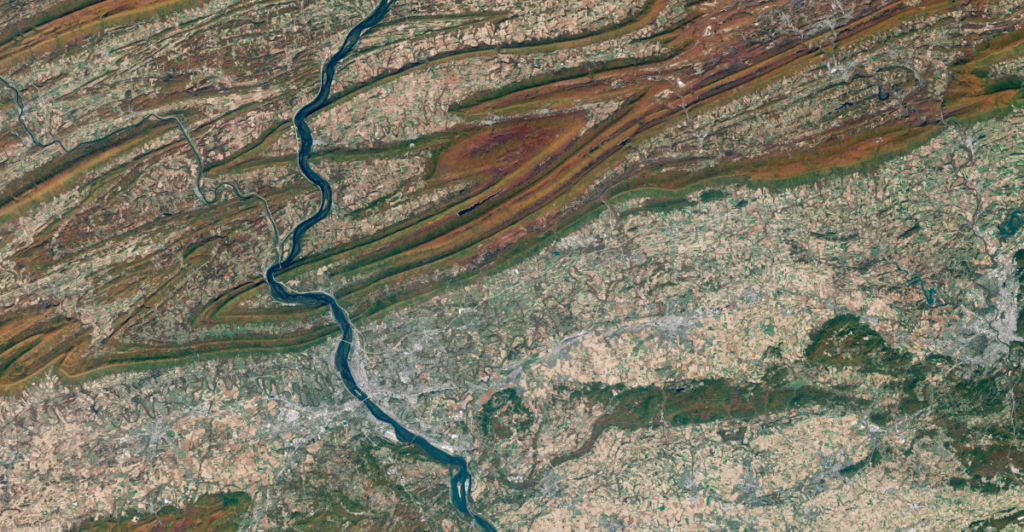
Well, this tectonic split is reshaping entire landscapes, rivers could change course, mountains might rise or collapse, and forests could split apart, leaving wildlife stranded. The balance of ecosystems is at risk, and even weather patterns could shift. This isn’t just slow-moving geology, it’s nature being rewritten in ways and at speeds we’ve never seen before.
What About the Himalayas?
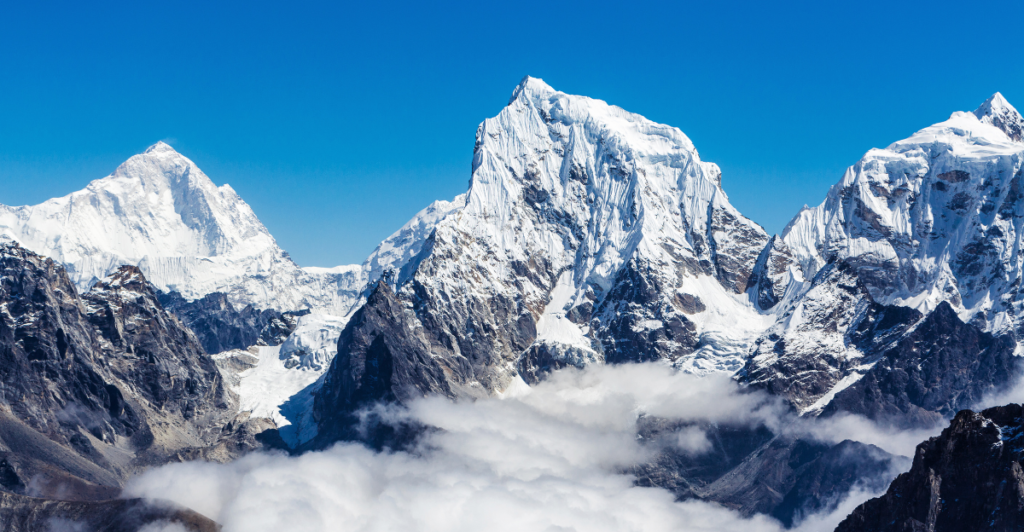
This is where it gets really cinematic. The Indian plate is the reason the Himalayas exist, it’s been pushing into Asia for millions of years, forcing the land upward. But now, with half the plate sinking, scientists don’t know whether the Himalayas will grow taller, collapse in some areas, or shift entirely. Either way, something’s about to change.
Ecosystems Are About to Get Wrecked
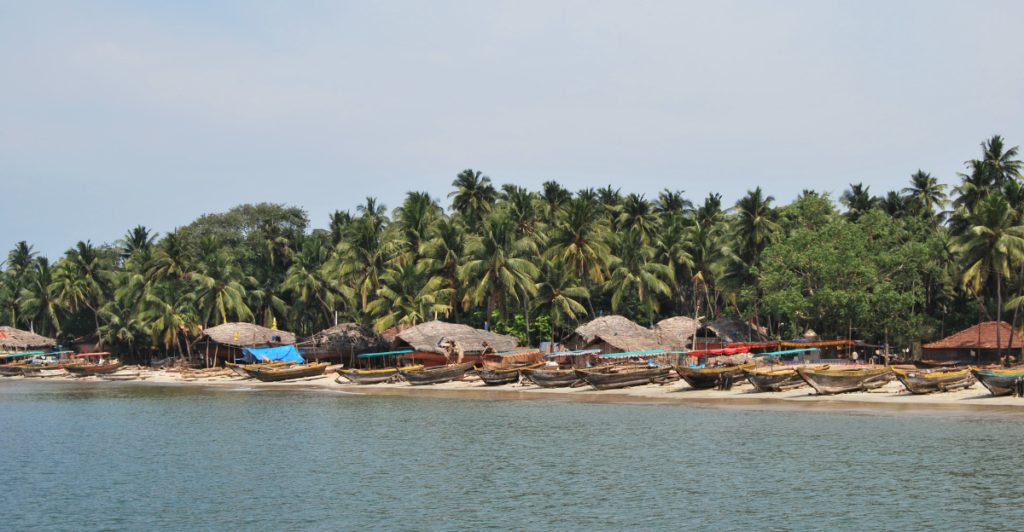
Nature has been adapting to a stable landscape for thousands of years. Now? That landscape is moving. Forests, grasslands, and rivers are literally being pulled apart. Species that rely on consistent conditions, like snow leopards, red pandas, and unique Tibetan flora, might lose their habitats overnight. This isn’t just an inconvenience; it could wipe out entire ecosystems.
Water Crisis Incoming?
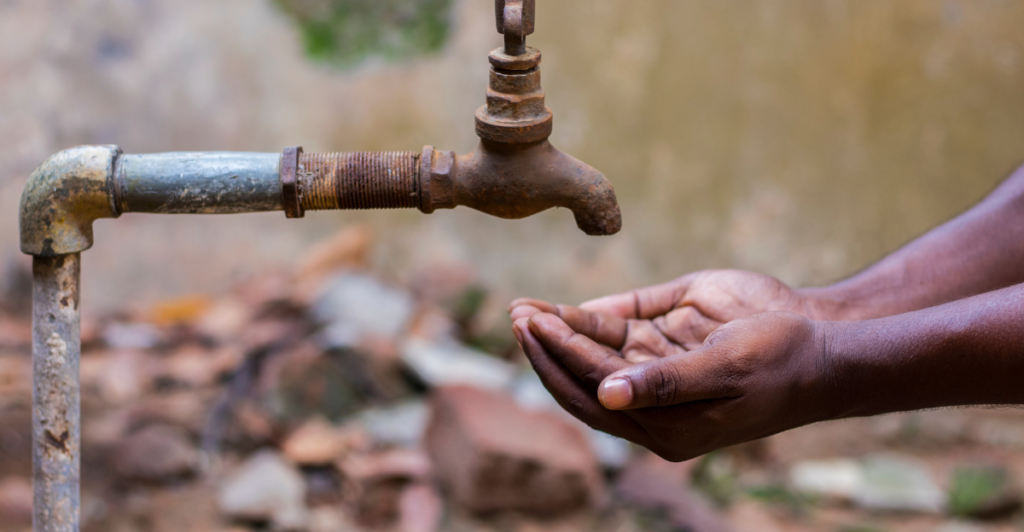
This shift isn’t just bad news for animals, humans are in for a rough ride, too. The Himalayas feed some of the world’s most important rivers, including the Ganges, Brahmaputra, and Indus. If those rivers change course millions of people could lose their primary water sources. And let’s not even get started on how this could impact agriculture.
Earthquakes and Landslides
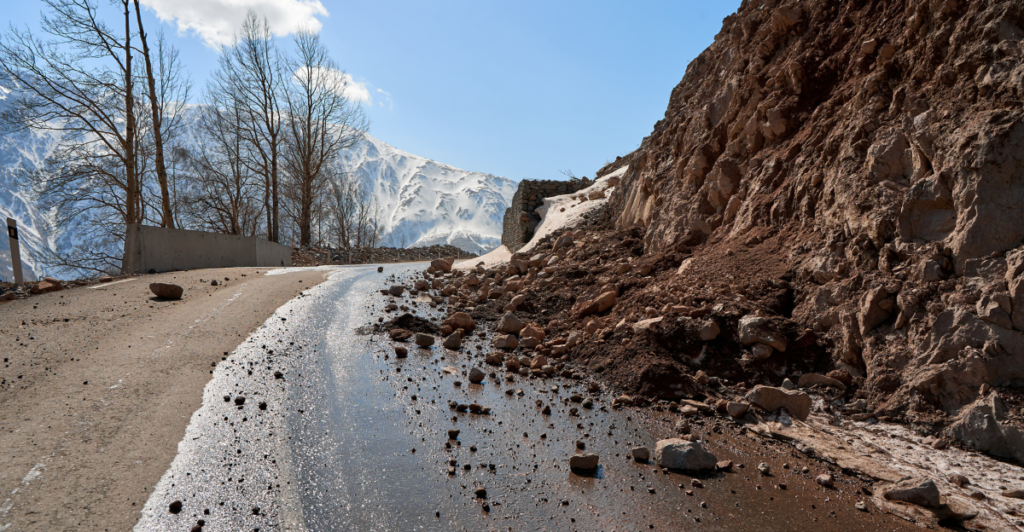
If history has taught us anything, it’s that tectonic shifts love to bring earthquakes with them. This area has already seen devastating quakes in the past, and with this split? The risk is about to skyrocket. Landslides, collapsing roads, and infrastructure damage are all on the table.
Could This Split Change Asia’s Climate?
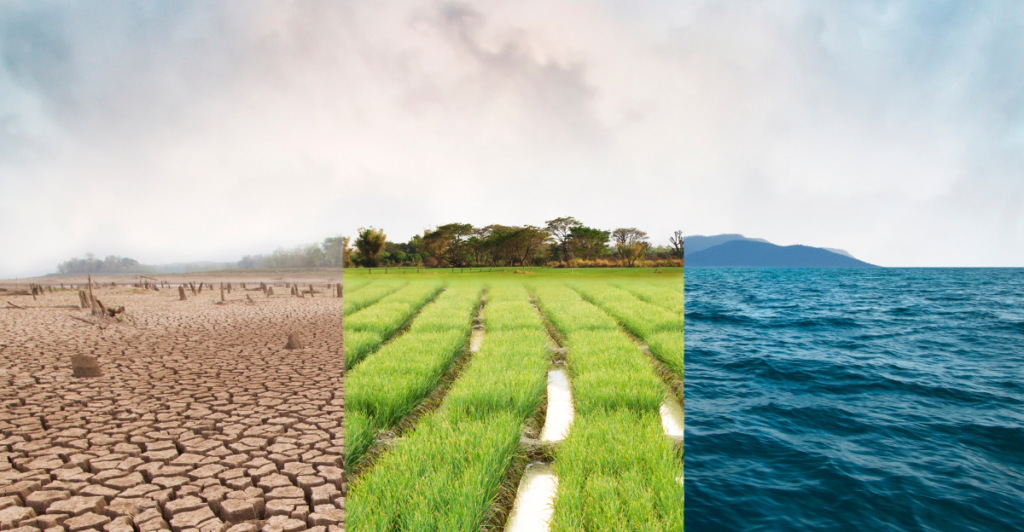
It’s hard to say. Mountain ranges act as natural climate barriers, trapping moisture and controlling wind patterns. If the Himalayas shift, monsoon patterns could change, causing floods in some areas and droughts in others. Climate models can only guess what might happen next.
But Why Now?
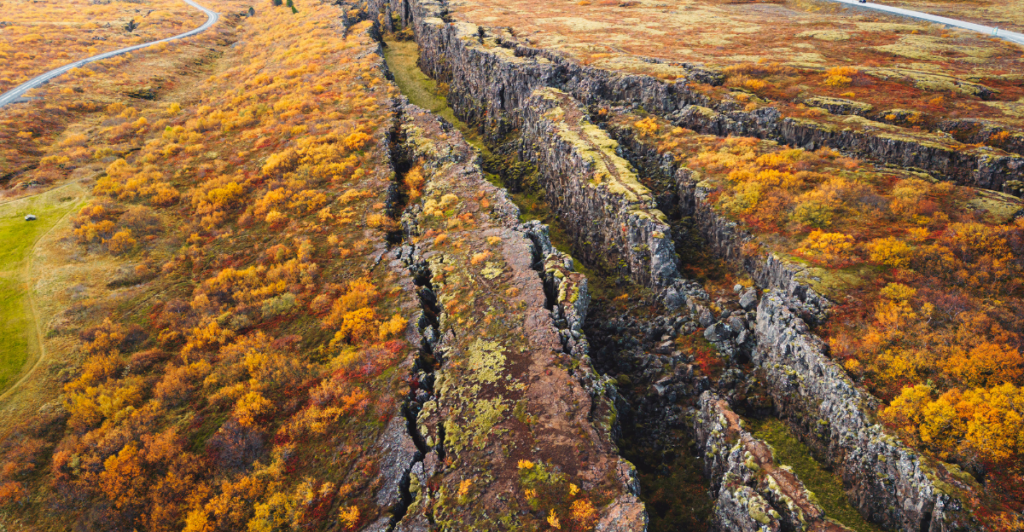
The Indian plate has been pushing north for 50 million years, so why is it splitting now only? Some scientists think it’s been building up pressure for ages, and now, it’s finally snapping. Others believe internal heat and magma movement are forcing it apart. Whatever the reason, it’s happening faster than anyone expected.
What Can Scientists Do About It?

Short answer? Not much. You can’t exactly glue a tectonic plate back together, but scientists are tracking this split with advanced seismic sensors, hoping to predict future earthquakes and map out the effects.
Should We Be Worried?
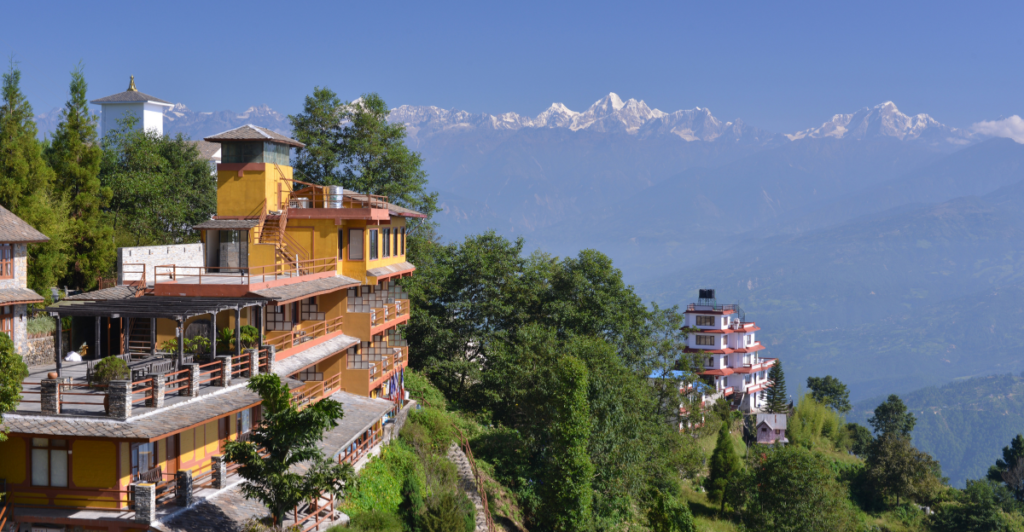
If you live near the Himalayas, yes. Earthquakes, landslides, and water shortages could make life harder in the coming decades. But on a global scale, this is just another reminder that Earth is constantly changing. It’s a slow-moving disaster, but one we should definitely be paying attention to.
The Planet Never Stops Moving
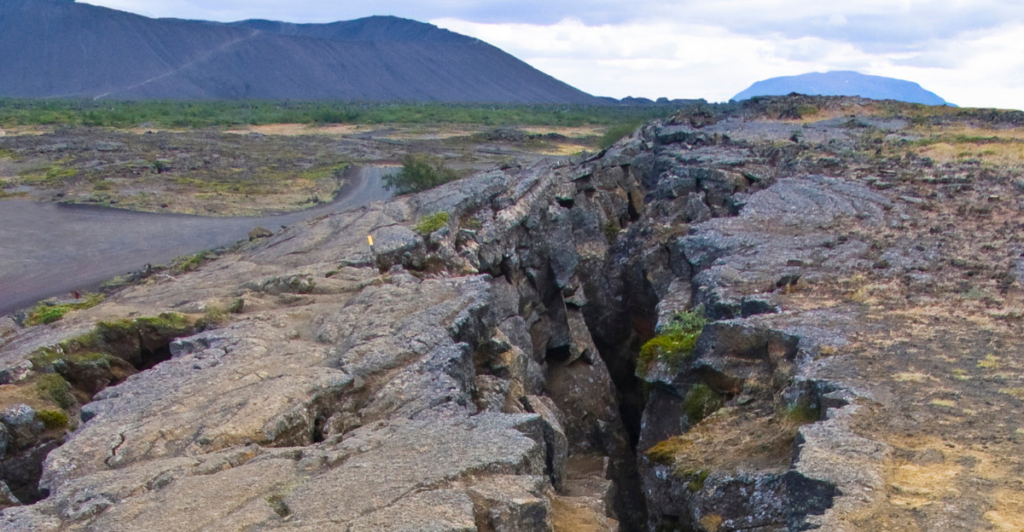
The Indian plate’s split is not just a crack, it’s a tectonic shift that could rewrite landscapes, ecosystems, and even climates. It’s a huge, unpredictable force of nature, and scientists are racing to understand it. But one thing’s for sure: the Earth is never as stable as it seems.
Discover more of our trending stories and follow us to keep them appearing in your feed

California Is Breaking Apart: A Fault Line Is Forming Faster Than Anyone Predicted
Massive Solar Plant Is Shutting Down Early—Saving Californians Over $500M
Philanthropist Promises To Cover $771.23M Annually After US Exit From Climate Accords
“There Will Be Eruptions”: Concerns Mount as Yellowstone Supervolcano Activity Shifts
References:
Reference 1
Reference 2
Reference 3
This article first appeared here
Stay connected with us for more stories like this! Follow us to get the latest updates or hit the Follow button at the top of this article, and let us know what you think by leaving your feedback below. We’d love to hear from you!







